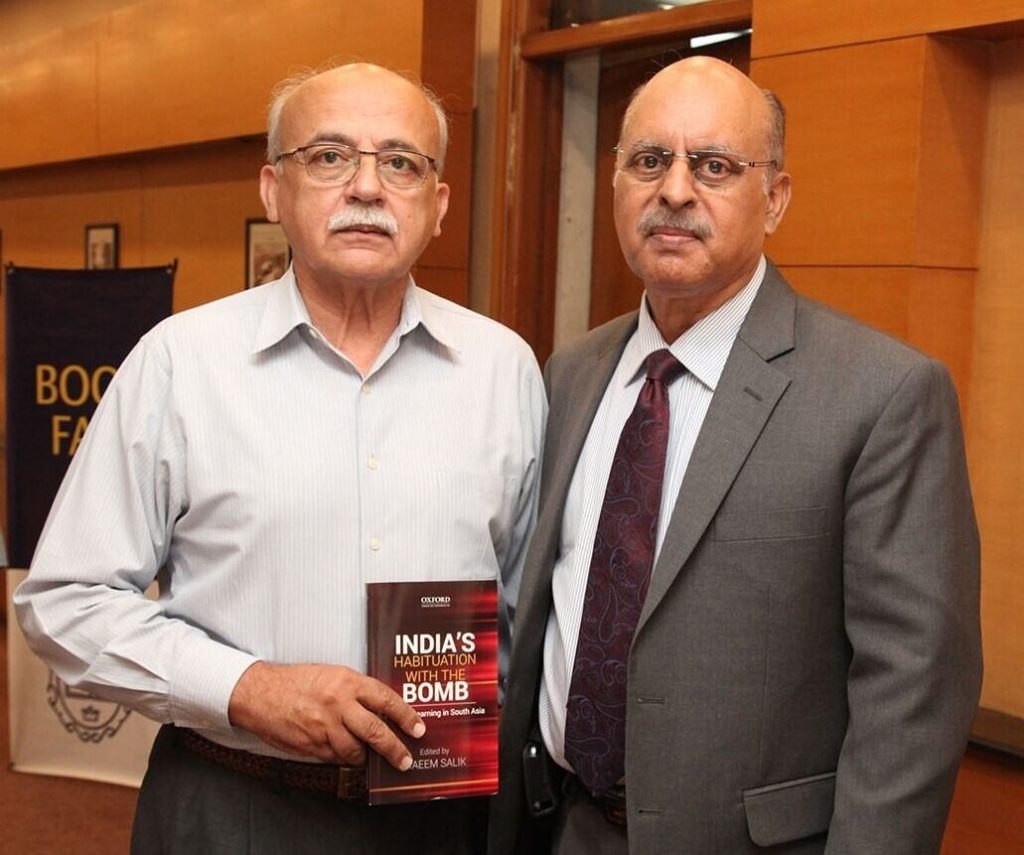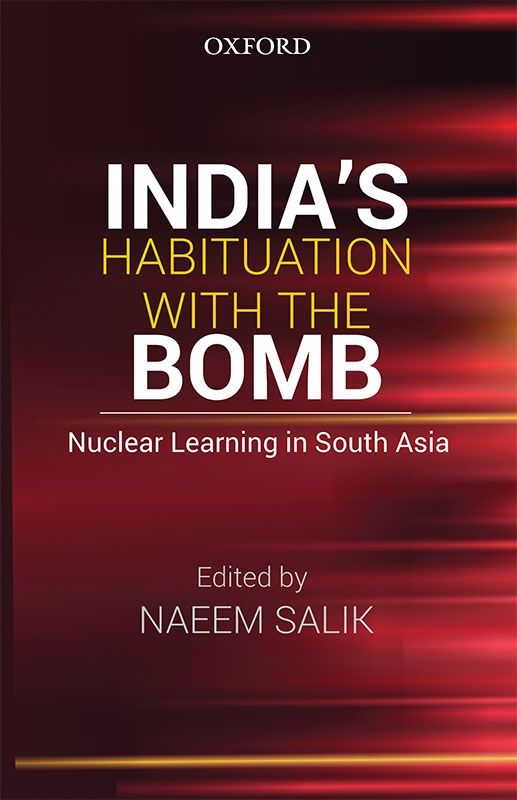The international intellectual debates of non-proliferation politics usually adopt a critical framework for examining South Asian politics where the Indian and Pakistani nuclear weapon capabilities have intensified the regional security environment of South Asia. The evolving complex regional security environment of the nuclearized subcontinent always remained dependant on the New Delhi-Islamabad strategic completion, which attracts the intellectual circles of the international community towards South Asia. In this way, the existing literature on the South Asian growing tensions between India and Pakistan revolves around the nuclear dimension of rivalry between two neighbours, and the academic investigations of a majority of such authors adopted critical approaches towards Islamabad. The book under review attempts to answer all those unaddressed questions in the existing literature, which are trying to address the strategic dimensions of South Asian politics. It is an edited volume compiled by Dr. Naeem Salik, who served in the Pakistan Army from 1972 to 2005. In addition, he proved his academic potential at various national and international platforms. Based on his practical and academic knowledge, he served as Director Arms Control and Disarmament Affairs at the Strategic Plans Division of Pakistan from 2001 to 2005. The book under review is a glimpse of Salik’s academic insight, which has made him a widely published author in the international intellectual circles of strategic communities.
The book contains six chapters, and every chapter covers a different topic. Apart from varying analyses of different authors in six chapters, a brief introduction and conclusion comprise interesting arguments with logic. The logically convincing and conceptually rational arguments of the book provides a brief picture of strategic competition between New Delhi and Islamabad. The first and last chapters of the book comprise the analysis of Salik on the constantly swelling Indian strategic capabilities. The first chapter presents a brief historical account of India’s nuclear program, whereas the last chapter explains the nature of India’s Ballistic Missile Defence Programme and its relevance to the regional security environment of the nuclearized subcontinent. The subsequent part of the book contains different levels of analysis maintained by five authors (Sitakanta Mishra, Ali Ahmed, Zafar Ali, Happymon Jacob, and Tanvir Kulkarni). The only co-authored second last chapter presents a fascinating survey of India’s Nuclear Regulatory Regime. The interesting part of the book comes under the fourth chapter, which talks about the nature and performance of India’s Export Control Regime. The major part of the arguments maintained by different authors in their respective chapters attempt to comprehend the evolution of the Indian nuclear program and its formal institutional growth. The combination of historical and analytical approaches in the book adopted by Indian and Pakistani authors makes this book a unique study of rational arguments.

The central theme of the book highlights the dichotomous nature of Indian doctrinal thinking, which is confused and different from its theoretical declarations. Different authors have proved this fact through their varying arguments with different convincing logics. It is a comprehensive account of various vital ideas which comprises interesting sets of different information in their main arguments. In this way, it is more appropriate to maintain that the book has explored a better understanding of the South Asian culture of strategic politics, deeply rooted in bomb politics. According to the book, the strategic nature of an unending and irreversible nuclear arms race between New Delhi and Islamabad has become a permanent feature of the South Asian regional security environment. So, the book is an opposite study for the people interested in studying the changing dimensions of South Asian regional strategic balance under the broader framework of India-Pakistan hostility. The students of politics and international relations can find it an excellent study for understanding the contemporary nature of contentious politics between two nuclear neighbours with an exclusive focus on India.





